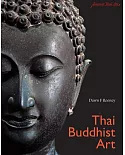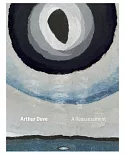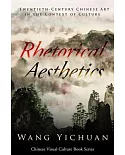Tracing the Past, Drawing the Future examines a crucial turning point in the development of Chinese ink painting in the twentieth century, a change represented by the beautiful and
innovative work of four artists, Wu Changshuo (1844–1927), Qi Baishi (1863–1957), Huang Binhong (1864–1955), and Pan Tianshou (1897–1971). With careers spanning over a century of radical
change in China, these artists were instrumental in propelling the ancient tradition of Chinese ink painting into the modern era in the face of compelling Western influences. As a group,
their work represents an alternative approach to questions of relevance and modernity.
This lavish book illuminates the context in which these artists worked, describes their overall contribution to the history of Chinese art, and highlights their individual ideas and
achievements. In his introductory essay, Xiaoneng Yang offers a brief historical background for the evolution of modern Chinese painting. Richard E. Vinograd analyzes the
“alternative modernism” represented by these artists, each of whom worked in the brush-and-ink idiom, confronted the shift toward practices of the West, and gave new life through this
confrontation to cherished traditions. Essays devoted to each artist are followed by individual entries discussing their works. Featuring more than one hundred works of both painting and
calligraphy by the four artists, the book, which is published to accompany a traveling exhibition, also includes a glossary and detailed bibliography.





















